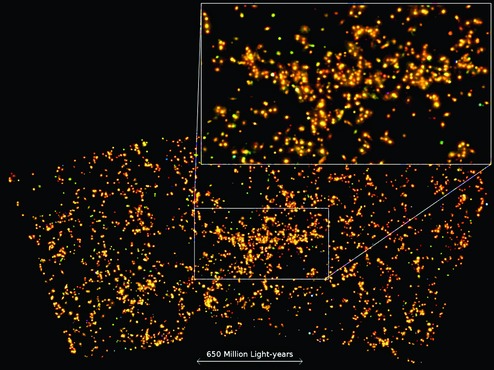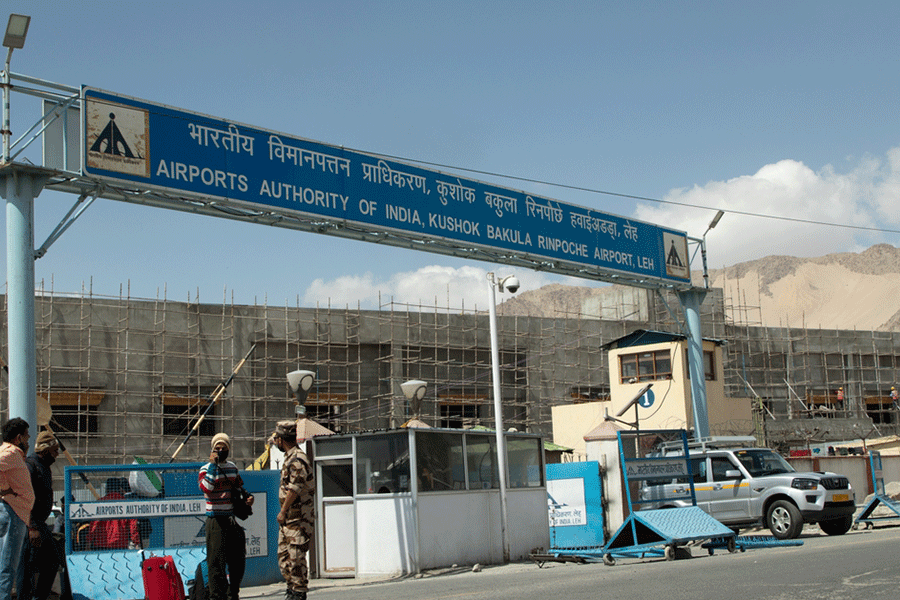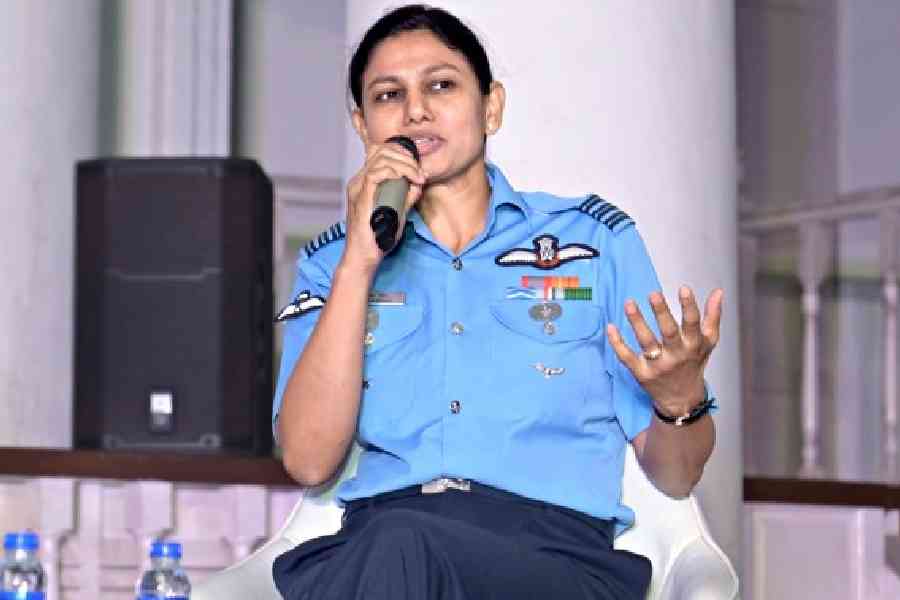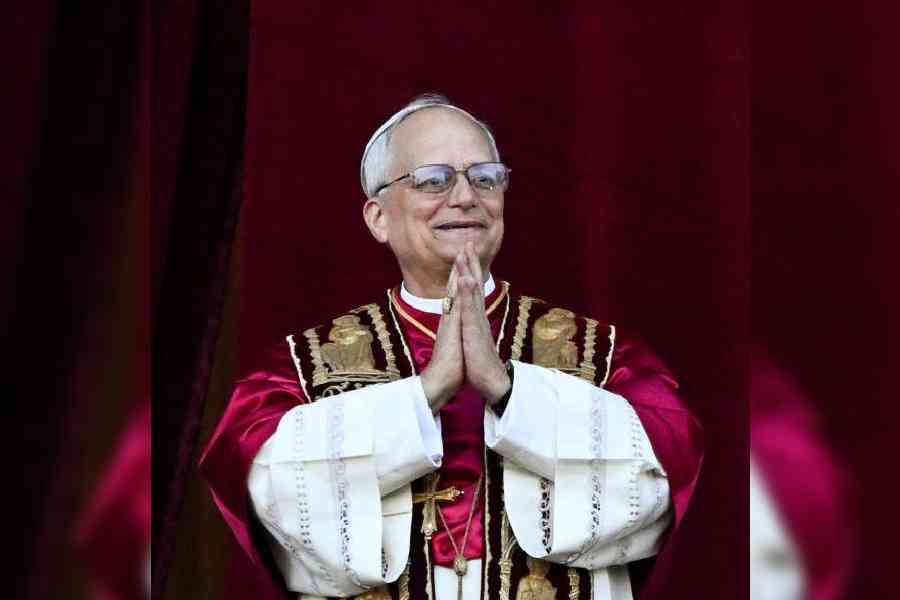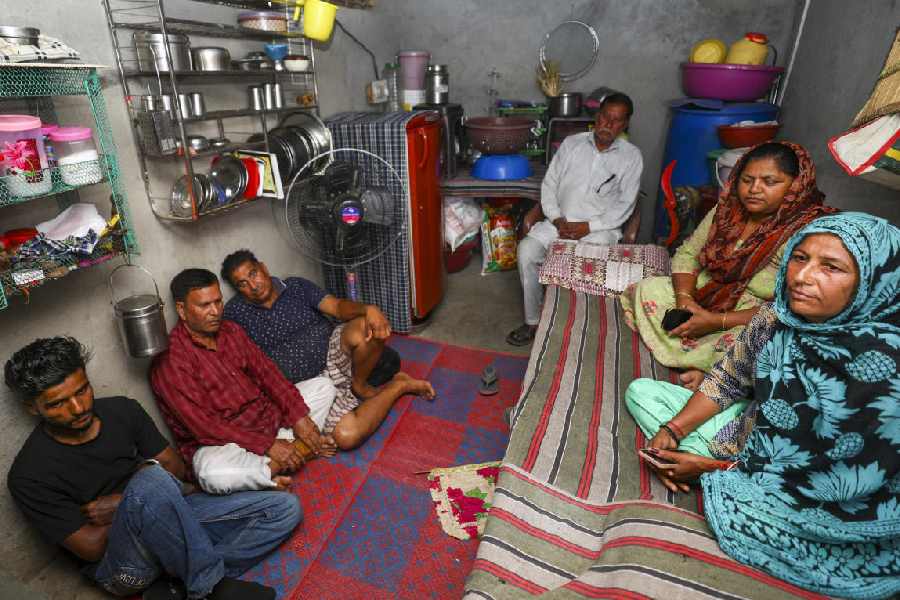
New Delhi, July 13: Indian astronomers today reported the discovery of a massive supercluster of galaxies, one of the largest known structures in the universe that they have named Saraswati.
A team of six astronomers from Pune, Jamshedpur and Thodupuzha in Kerala discovered the massive supercluster, which resembles a wall of galaxies spanning over 600 million light years, an unimaginably vast region of the universe.
Massive superclusters are collections of tens of thousands of galaxies bound by gravity and represent the largest distinct structures in the cosmos.
Astronomers had realised more than three decades ago that galaxies are not scattered uniformly across the cosmos but arranged in clusters shaped like bubbles, sheets or walls and linked by filament-shaped structures, a pattern astronomers call the cosmic web.
The first supercluster, the Shapley Concentration, was discovered in 1989 and a second, the Sloan Great Wall, in 2003. The Saraswati is located four billion light years from the Milky Way galaxy.
"We're seeing a structure that had already formed about four billion years ago, or at a time when the universe was about two-thirds of its current age," said Somak Raychaudhury, director of the Inter-University Centre for Astronomy and Astrophysics, Pune, who led the team.
"This could push astronomers into rethinking about how such large structures form."
Raychaudhury and his colleagues have described their findings in The Astrophysical Journal.
According to an estimate by the scientists, the Saraswati supercluster contains the mass equivalent of 20 million billion suns, making it one of the most massive clusters observed.
Raychaudhury had also been a member of the team that had discovered the first supercluster in 1989. He had picked its name, Shapley, after the American astronomer Harlow Shapley who had contributed to mapping the southern hemisphere sky in the 1930s.
"We picked Saraswati for our massive supercluster because we wanted to use an Indian name," Raychaudhury said.
"It's the name of an ancient river, and this supercluster of tens of thousands of galaxies may be imagined as a river of galaxies in the cosmos."
In their search for the supercluster, the astronomers relied on the Sloan Digital Sky Survey, a massive effort led by US astronomers to catalogue stars and galaxies, which has since 1998 documented over 500 million objects.
The team used distance data of tens of thousands of galaxies catalogued in the Sloan Digital Sky Survey to create a 3D map of a slice of the cosmic web that revealed a previously unknown wall of galaxies.
"Imagine thousands of galaxies, all more or less huddled together across a wall-like region of space, surrounded by empty space where there is very little matter - that is what a supercluster looks like," Joydeep Bagchi, an astronomer at the Inter-University Centre and lead author of the study, said.
Bagchi and Raychaudhury began their search over a decade ago. Their team-mates in the search were Shishir Sankhyayan, a PhD scholar at the Indian Institute of Science Education and Research, Pune; Pratik Dabate, a research fellow at the Inter-University Centre; Joe Jacob, a physics faculty member at Newman College, Thodupuzha; and Prakash Sarkar, a physics faculty member at the National Institute of Technology, Jamshedpur.

